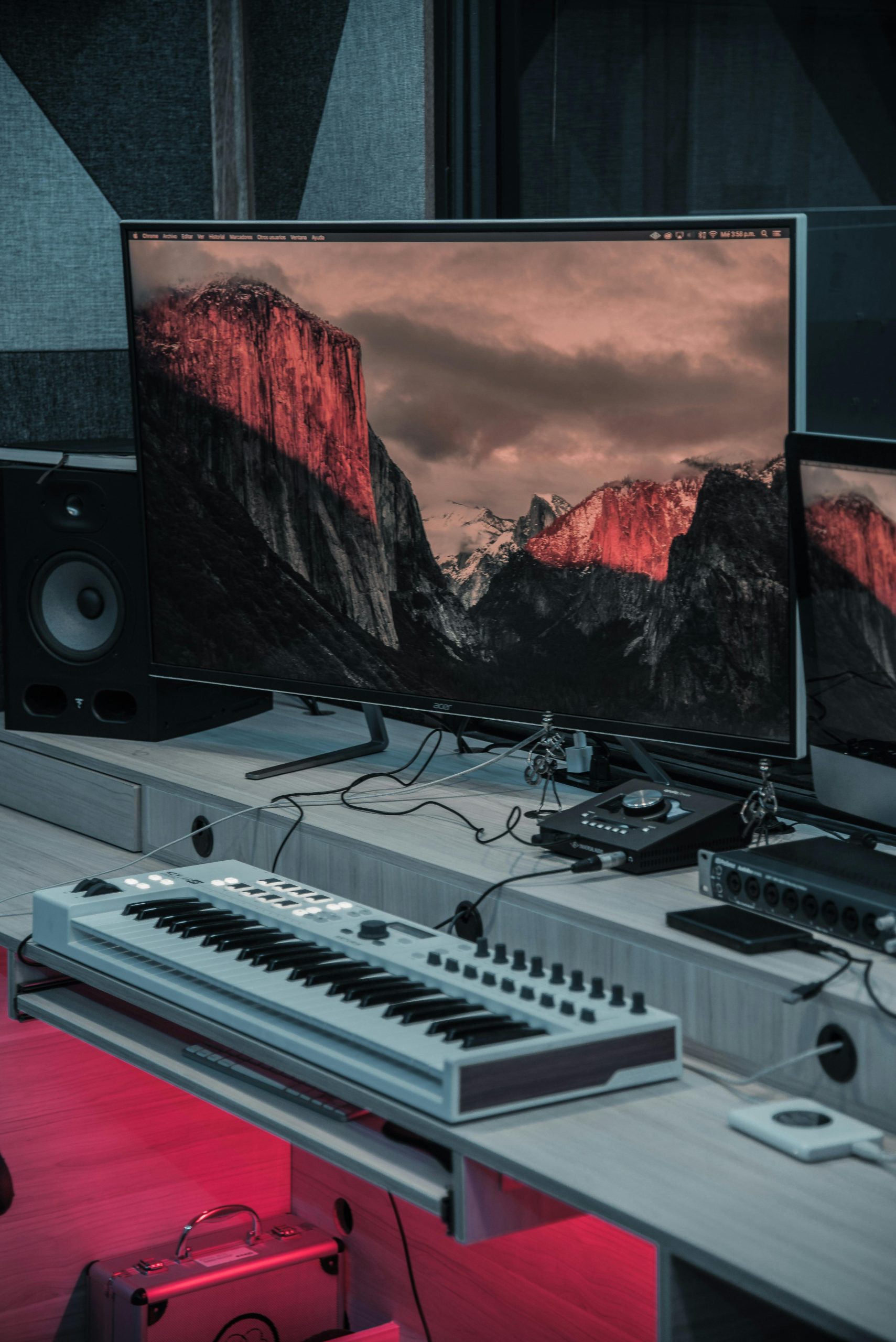Music Pitching Strategies That Actually Work in 2025
In today’s fast-paced digital music industry, standing out requires more than talent—it demands strategic, consistent, and intelligent music pitching. Whether you’re an independent artist, manager, or label, mastering the art of music pitching is no longer optional in 2025. With playlist culture dominating listener habits and platforms like Spotify, Apple Music, and YouTube Shorts shaping trends, an effective music pitching approach can be the difference between obscurity and overnight success.
What is Music Pitching?
Music pitching refers to the process of submitting your music to tastemakers—such as playlist curators, music blogs, radio stations, labels, and influencers—in hopes of gaining exposure. It’s not about spamming people with links. Instead, it’s a thoughtful, targeted strategy to get your track in front of those who can help amplify your sound. In 2025, with AI curation and algorithmic playlists rising, personalized and data-driven music pitching has become even more crucial.
Why Music Pitching Still Matters in 2025
With over 100,000 tracks uploaded to streaming platforms daily, music pitching remains a key tool for getting noticed. It increases your chances of landing on editorial and algorithmic playlists, which can lead to higher streams, new fans, and potential label interest. The saturation of the market makes music pitching essential to differentiate yourself from the noise (pun intended, considering your site—NotNoise).
Strategy #1: Target the Right Curators
Not all playlist curators or media outlets will be the right fit for your genre. Start by identifying those who have previously supported artists with a sound similar to yours. Tools like SubmitHub, Groover, and PlaylistPush can help you find these curators. Customization is key: generic emails won’t work. Your music pitching should include personalized subject lines and messages showing you’ve done your homework.
Strategy #2: Optimize Your Metadata
When pitching your track, curators and editors need all the relevant information in one glance. Your music pitching strategy should include accurate metadata: artist name, genre, mood, release date, social media handles, and a short artist bio. Include a high-quality cover image and professional press shots. Remember, your goal is to make their job easier so they’re more likely to listen and share.
Strategy #3: Use Spotify for Artists’ Pitch Tool Effectively
Spotify’s built-in pitch tool is one of the most powerful free resources available for music pitching. Submitting your track through Spotify for Artists at least a week before release increases the likelihood of being included in editorial or algorithmic playlists. Be honest and thorough in the description field—Spotify editors review thousands of pitches daily, so clarity and specificity are vital.
Strategy #4: Build and Leverage Relationships
Music pitching isn’t a one-time act—it’s a relationship game. Building ongoing connections with bloggers, curators, and playlist owners can lead to repeated support. Engage with them on social media, comment on their posts, and share their playlists. This soft networking is a subtle but impactful part of your music pitching plan.
Strategy #5: Data-Driven Pitching
In 2025, data rules everything. Before launching a new track, study your existing audience. Where are they located? What platforms do they use most? Are there patterns in the types of playlists they enjoy? Your music pitching should reflect this data—targeting regions, platforms, and moods that align with your fans. Tools like Chartmetric and Soundcharts can help visualize this information for smarter music pitching decisions.
Strategy #6: Don’t Ignore TikTok and Short Form Video
Many artists in 2025 land record deals from viral TikTok videos. But going viral is unpredictable. A smart music pitching strategy involves reaching out to TikTok influencers or micro-creators in your niche. Find creators whose vibe matches your song, and offer them early access. Influencer music pitching can be as important as playlist pitching today.
Strategy #7: Consistency Over Hype
Rather than betting everything on one release, develop a long-term music pitching schedule. Treat each release as a stepping stone. Even if a pitch fails, follow up, improve, and keep going. The more you pitch smartly, the better your reputation becomes. Consistency signals professionalism, and in music pitching, reputation matters just as much as the music itself.
Strategy #8: Craft a Professional EPK
An Electronic Press Kit (EPK) is your resume in the music world. For optimal music pitching, your EPK should include a brief bio, links to previous work, performance history, press mentions, high-quality photos, and social media stats. Whether you’re pitching to blogs, radio stations, or festivals, a strong EPK shows you’re serious and prepared.
Strategy #9: Collaborate Strategically
When you collaborate with another artist, producer, or influencer, you tap into their network. Joint releases often perform better, especially if both parties do their part in music pitching. It also doubles your reach without doubling the budget.
Strategy #10: Follow Up (But Don’t Spam)
Sometimes curators miss emails. Following up once or twice is okay—just be respectful. A polite message a week later can revive your music pitching effort and show you’re serious. However, avoid being pushy; quality trumps persistence in every interaction.
Final Thoughts
If you’re serious about making waves in 2025, understanding and refining your music pitching strategy is non-negotiable. In a world where algorithms, data, and relationships intersect, your approach needs to be structured, authentic, and evolving. Don’t just pitch blindly—pitch with purpose. Remember that music pitching isn’t about luck—it’s about alignment, timing, and persistence. Whether you’re sending your track to a local radio station or a global playlist curator, the power of thoughtful music pitching can open doors, build careers, and cut through the noise.














Post Comment